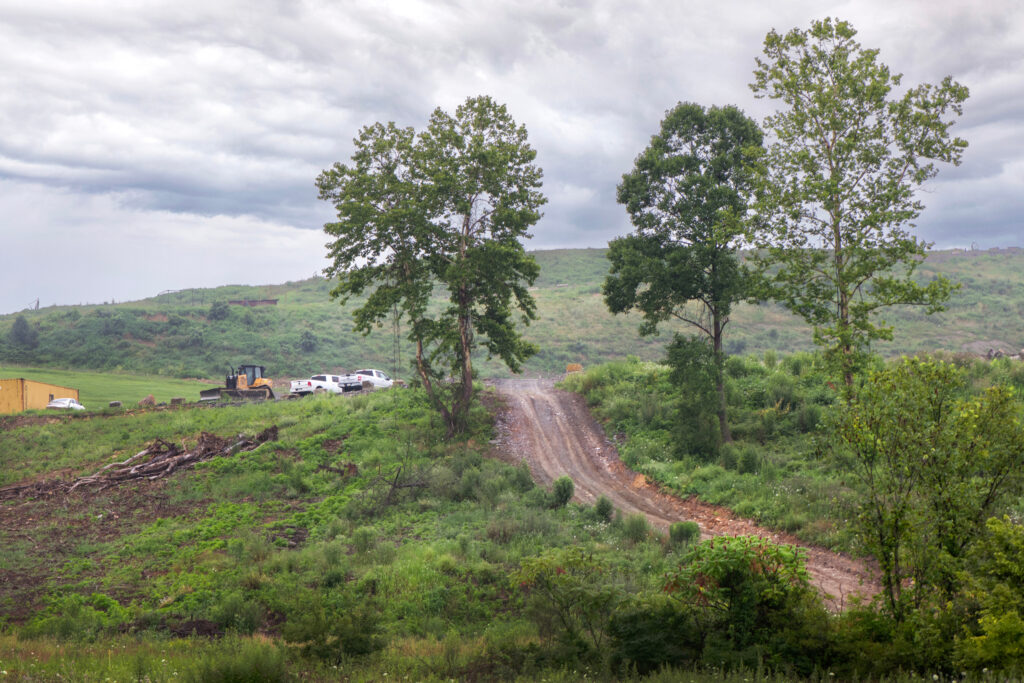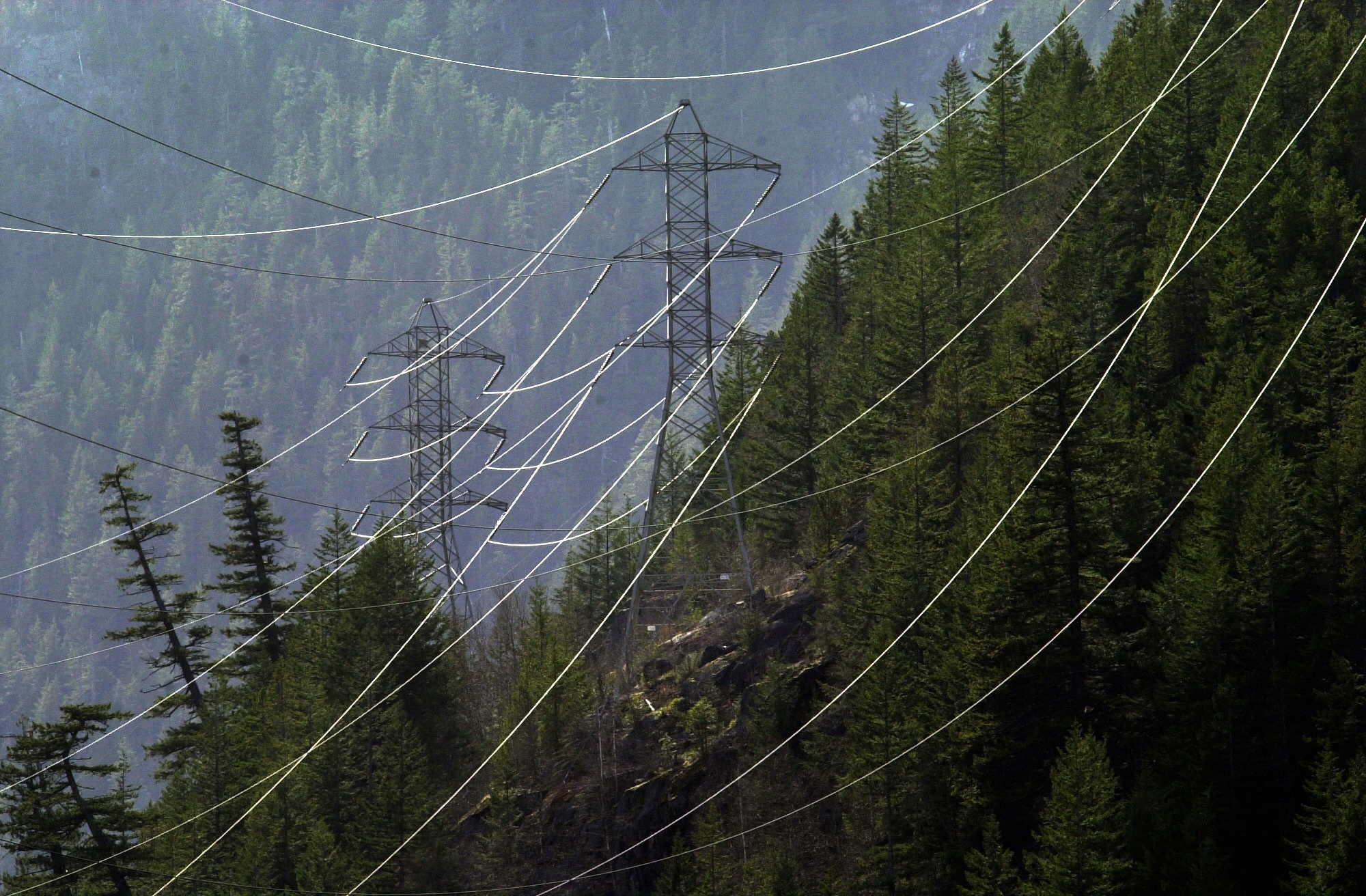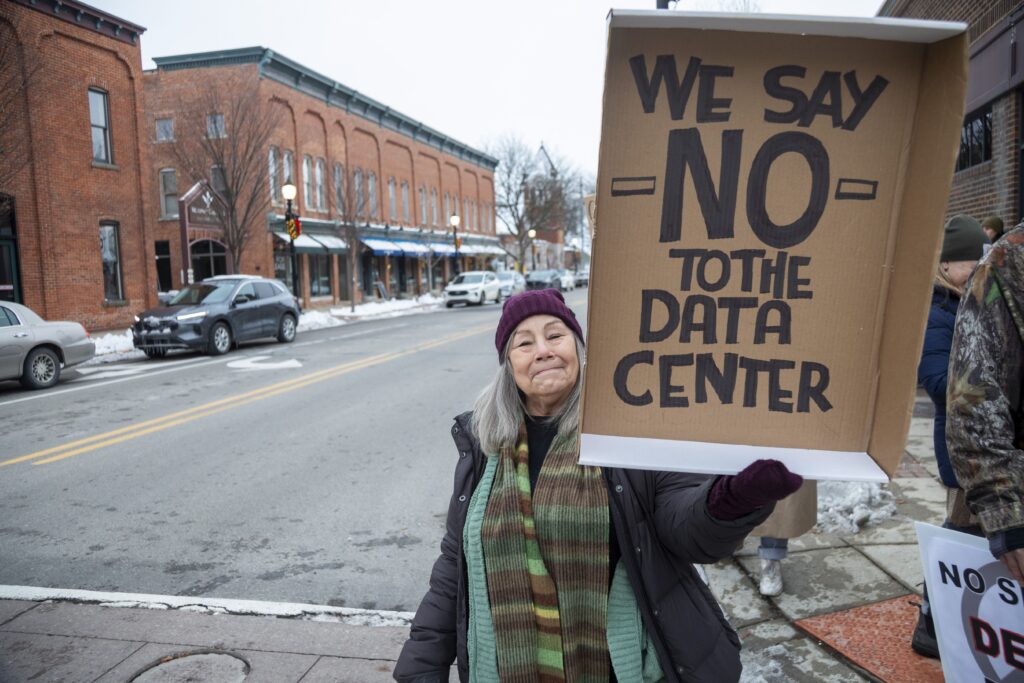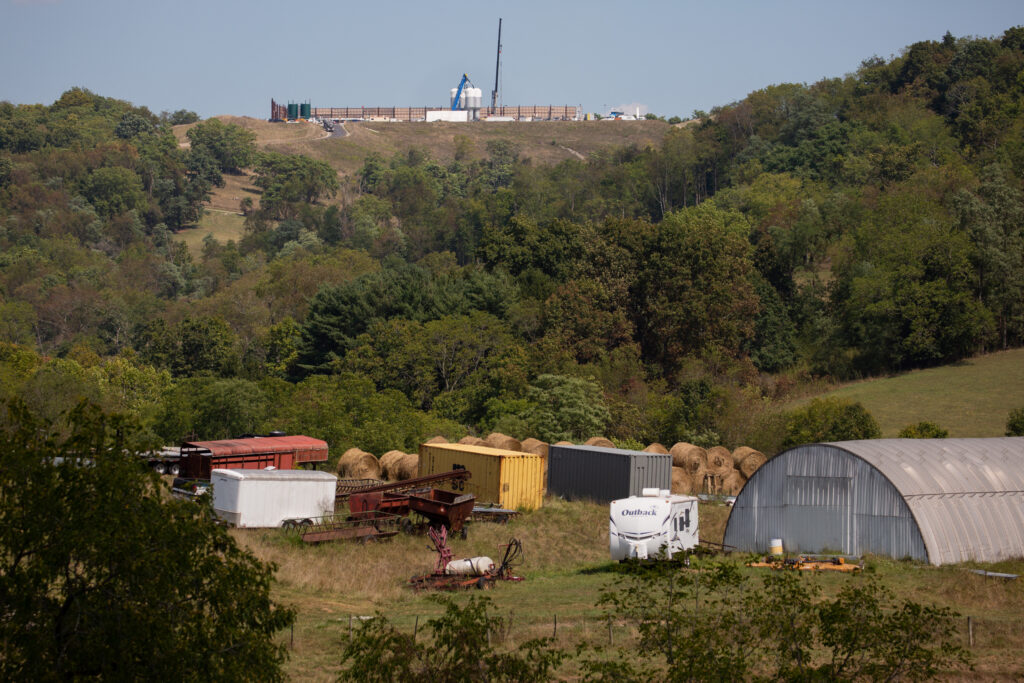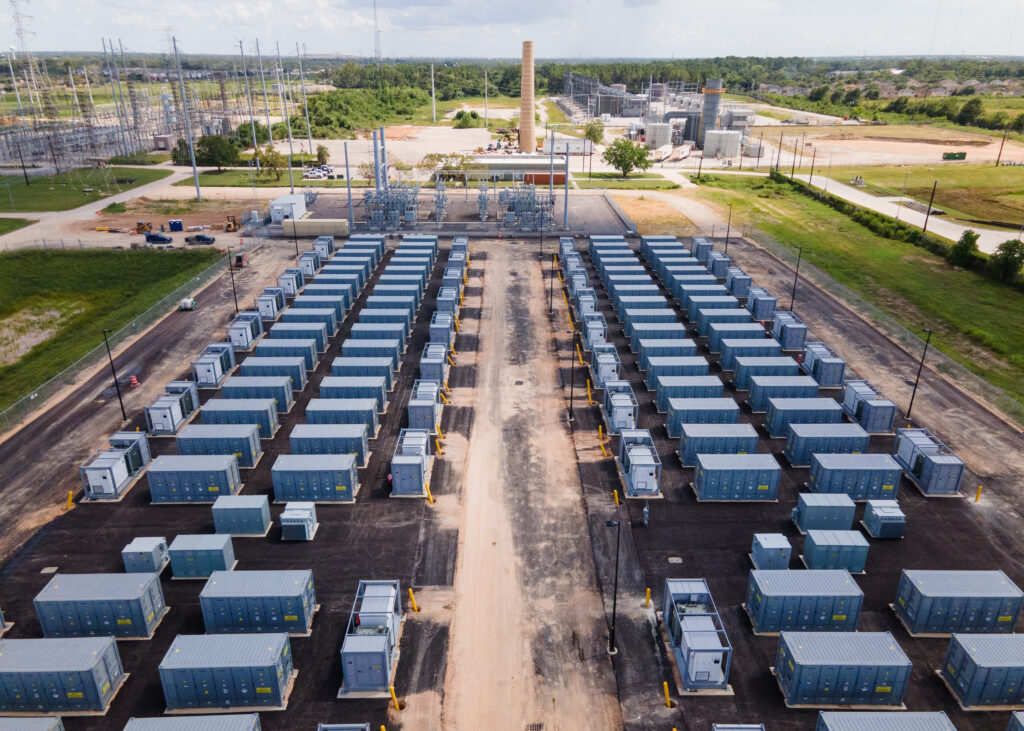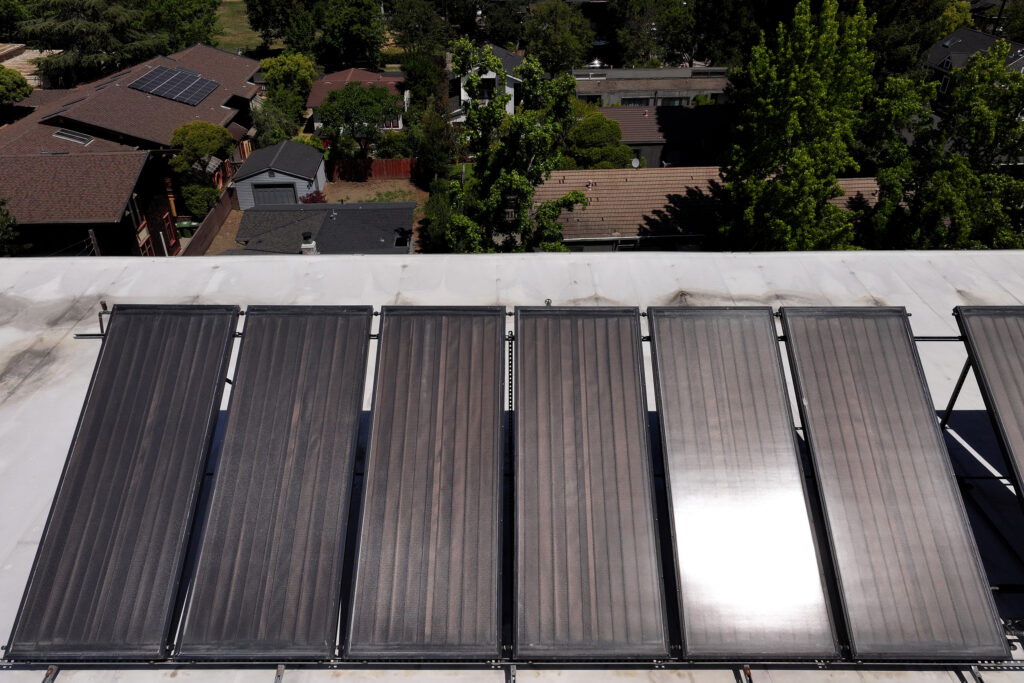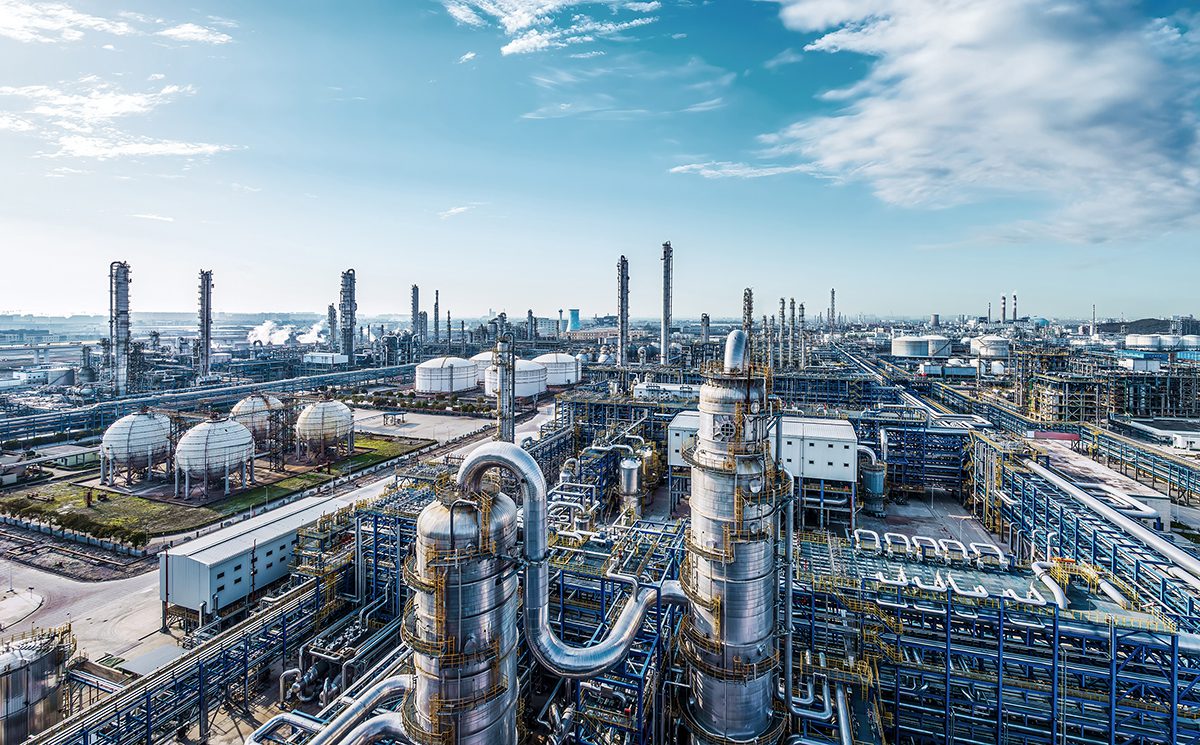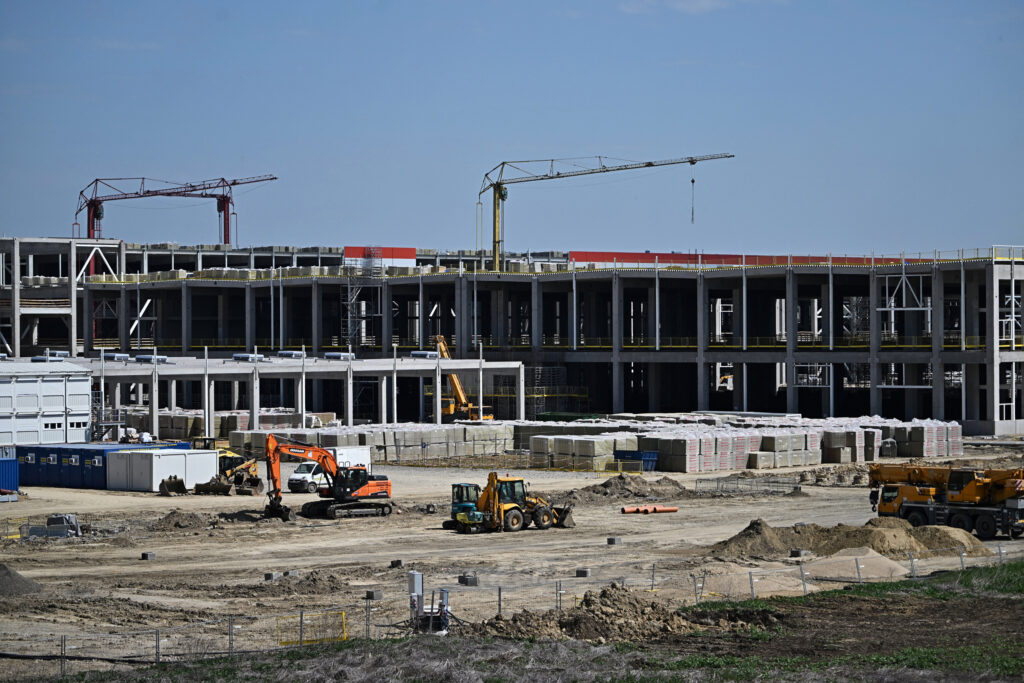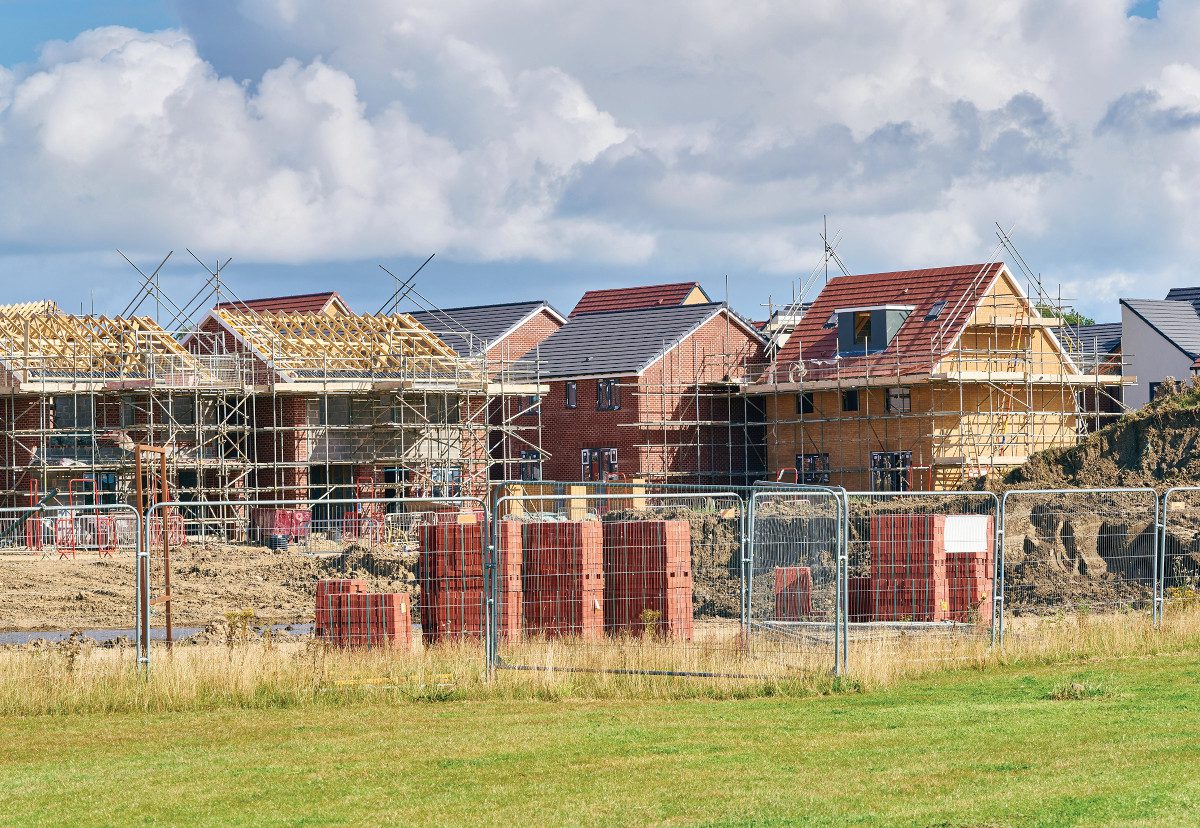On Feb. 6, 2020, a week after the World Health Organization declared the global coronavirus outbreak a public health emergency, the first Californian died of COVID-19 in San Jose. The next month, cases ballooned around the San Francisco Bay Area, prompting seven counties to issue shelter-in-place orders. By May, Los Angeles County had emerged as a hotspot, and researchers reported that Black and Latino residents were twice as likely to die of the disease than whites.
Now recent research adds to evidence that communities burdened by pollution, like many in Los Angeles County, face higher risks from infectious diseases. As public health officials worry that bird flu could spark the next pandemic, the new research shows that living near oil and gas wells worsened the impacts of the ongoing one.
The study, published in the peer-reviewed journal GeoHealth in November, found higher rates of COVID-19 infection and death in the early months of the pandemic among Californians who lived near the highest-producing oil and gas wells.
“We were concerned because we saw disparities in rates of disease and death in the beginning of the pandemic,” said Helena Archer, a postdoctoral research fellow at the Kaiser Permanente Division of Research who led the new research while a fellow at the University of California, Berkeley. She wanted to know how being chronically exposed to pollutants like those produced by oil and gas wells affected COVID-19 outcomes.
We’re hiring!
Please take a look at the new openings in our newsroom.
See jobs
Infectious diseases tend to disproportionately affect communities with existing vulnerabilities, including lack of access to health care, underlying conditions like asthma and heightened exposure to environmental hazards like air pollution. Previous studies found an association between long-term exposure to air pollution and higher COVID-19 risk, with Latinos and people with low incomes most likely to get infected and die.
While it’s clear that oil and gas wells carry health risks, Archer said, no one had looked into a potential relationship between oil and gas exposure and COVID-19 outcomes.
“The results of this study are, unfortunately, not surprising,” said Joan Casey, an environmental epidemiologist at the University of Washington who was not involved in the research. “We have consistently seen that people living in communities with higher levels of pollution are at increased risk of COVID infection and mortality.”
This study adds to that evidence by identifying risk from oil and gas wells, she said.
Overburdened Communities
More than a million people in California live within a kilometer (about two-thirds of a mile) of an active oil or gas well. Many studies have linked living near such sites with a higher risk of several health problems, including asthma, immunodeficiency, heart failure, upper respiratory disease and cancer. Several of these conditions, particularly cardiovascular disease, have been linked to increased risk of developing a more severe case of COVID-19.
Black and Latino populations in California are disproportionately exposed to oil and gas wells’ toxic emissions, which include carcinogenic volatile organic compounds, tiny toxic particles known as PM2.5 and other noxious compounds.
As it happens, Los Angeles County has the highest percentage of people living within a kilometer of an active well in the state. Black, Latino and low-income people were most likely to live near carcinogen-spewing oil or gas wells, a 2023 study found, with Black residents exposed to the most toxic operations.

Community members and advocacy groups knew oil and gas wells emit some of the pollutants that have been associated with higher rates of COVID-19 infection and death, said David González, an environmental epidemiologist at U.C. Berkeley who led the 2023 study and collaborated with Archer on the new research. “They wanted to know if living near oil and gas wells is a risk factor for this sort of respiratory disease,” he said.
Since there wasn’t previously a lot of research on the associations between oil and gas development and infectious respiratory diseases, he said, “we wanted to address that gap.”
Oil and gas wells are an important source of air pollution, González said. “While we didn’t study this directly, a concern here is that the disproportionate siting of oil and gas wells in neighborhoods with higher proportions of Black and Latino people would be one of the factors contributing to the higher COVID risk we saw in these communities.”
Archer, González and their colleagues combined data showing the locations of oil and gas wells with detailed information on COVID-19 cases and mortality across California in 2020, the first year of the pandemic. California ranked fifth in U.S. crude oil production that year and accounted for 13 percent of COVID-19 cases and 9 percent of reported deaths in the country.
Drilling and operating oil and gas wells produce pollutants like PM2.5, nitrous oxide and ozone that can damage the lungs and immune system and make someone more susceptible to a viral infection.
The team wanted to test the idea that chronic exposure to pollutants emitted by oil and gas wells could lead to the kind of physiological damage that can make people more susceptible to respiratory diseases like COVID-19, González said. So they ranked neighborhoods based on cumulative production during the pandemic, and in the two years leading up to it, and compared that to COVID-19 outcomes.
The study found that living near the highest production was associated with higher rates of death from COVID-19 infection during the first four months of the pandemic.
Populations living near oil and gas wells are also burdened by other social and environmental exposures that might heighten their risk of COVID-19 infection and mortality, University of Washington’s Casey said. “Layering oil and gas exposure on top of other stressors likely placed the most-exposed communities in this study at elevated risk.”
Researchers have traced oil and gas exposure disparities to racist housing policies of the past that denied federal home loans to people of color and concentrated hazardous operations like oil development in their neighborhoods. People can’t afford to move away from these polluting operations, Archer said, or are powerless to prevent new hazardous operations from being built in their neighborhoods.
It’s especially important to understand the hazards associated with living near oil and gas drilling, she said, “because they can be really, really close to people’s homes.”
The team can’t say exactly why people living near oil and gas wells had higher death rates at the beginning of the pandemic. It’s possible that they had underlying conditions that made them more likely to develop severe disease when testing and treatment options were still limited.
People that had long-term exposure to oil and gas development may have been more susceptible because of lung damage from breathing in the types of air pollutants associated with these operations, González said.
“We’re getting a more and more complete picture of the health harms of drilling and operating wells in places where people live, work and go to school,” he said. “More research would likely uncover more types of health harms from this industry.”
Understanding how environmental exposures may increase risk for vulnerable communities is critical for preparing for the next pandemic, Archer said, especially when knowledge about the disease and prevention measures are limited.
And COVID-19 is not going away.
“This is a virus that will be with us for the rest of our lives,” González said. Thinking about risk factors, particularly for populations that are more susceptible, he said, “this is another piece of evidence that shows the way that oil and gas development can impact public health, and we should be really mindful of these impacts as we plan for future pandemics.”
About This Story
Perhaps you noticed: This story, like all the news we publish, is free to read. That’s because Inside Climate News is a 501c3 nonprofit organization. We do not charge a subscription fee, lock our news behind a paywall, or clutter our website with ads. We make our news on climate and the environment freely available to you and anyone who wants it.
That’s not all. We also share our news for free with scores of other media organizations around the country. Many of them can’t afford to do environmental journalism of their own. We’ve built bureaus from coast to coast to report local stories, collaborate with local newsrooms and co-publish articles so that this vital work is shared as widely as possible.
Two of us launched ICN in 2007. Six years later we earned a Pulitzer Prize for National Reporting, and now we run the oldest and largest dedicated climate newsroom in the nation. We tell the story in all its complexity. We hold polluters accountable. We expose environmental injustice. We debunk misinformation. We scrutinize solutions and inspire action.
Donations from readers like you fund every aspect of what we do. If you don’t already, will you support our ongoing work, our reporting on the biggest crisis facing our planet, and help us reach even more readers in more places?
Please take a moment to make a tax-deductible donation. Every one of them makes a difference.
Thank you,





